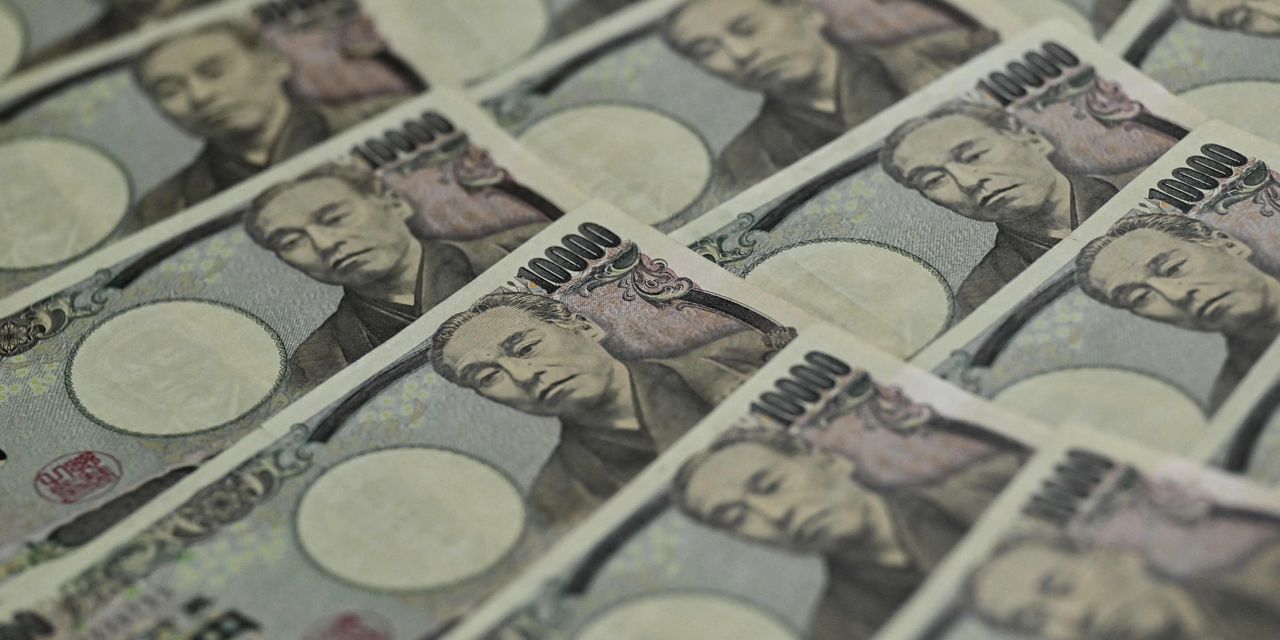A strong U.S. dollar continued to bulldoze the Japanese yen Thursday, prompting another threat of intervention from Tokyo.
The yen
USDJPY,
traded at 150.09 per dollar early Thursday, according to FactSet, breaching the psychologically important 150 level and marking its weakest level versus the dollar since August 1990 before finding some support. The dollar fetched 149.88 yen, virtually flat on the day, in recent activity.
Masato Kanda, Japan’s vice finance minister for international affairs, told reporters that authorities were “always ready to take necessary action as excessive volatility has become increasingly unacceptable,” according to Reuters. Japan intervened in currency markets last month, but to little lasting effect. Finance Minister Shunichi Suzuki has repeatedly warned that authorities could intervene again.
The dollar’s pullback after touching the 150 yen level wasn’t a surprise, analysts said. But few see a prospect for the yen to meaningfully rebound as the Federal Reserve continues to aggressively tighten policy and the Bank of Japan sticks with its ultraloose monetary policy.
“Everyone and their dog were — and still are — watching this key level, which meant the pair would always react at this key psychological level upon the first touch,” said Fawad Razaqzada, market analyst at City Index and Forex.com, in a note.
“Expectations that crossing of the 150.00 handle might be the trigger point for some large options strategy or government intervention” saw the currency pair pull back by 35 basis points before going into consolidation,” he said.
The yen has borne the brunt of a rampaging U.S. dollar. The greenback has rallied 30% versus the Japanese currency. The ICE U.S. Dollar Index
DXY,
a measure of the unit against a basket of six major rivals, hit a more-than-two-decade high last month and is up more than 17% so far this year.
The dollar has been described as a wrecking ball for financial markets, with the speed of its rise contributing to volatility across asset classes and contributing to stress on the global financial system.
Read: The U.S. dollar continues to soar: What that means for the stock market and investors
Soaring U.S. Treasury yields as the Federal Reserve embarked on a cycle of aggressive rate increases while also moving to shrink its balance sheet have been a crucial driver of the dollar rally, analysts said.
Threats of near-term intervention aside, many analysts expect the dollar to continue to strengthen versus the yen. The focus is on the Bank of Japan and whether it begins to signal a turn away from its ultraloose monetary policy when it meets next week.
“Ultimately, I still think we end up higher in this pair and maybe even up to 160.00 eventually as the USD continues to charge higher. 150.00 was an end line for many asset managers though and there are many seeing the opportunity to start building JPY longs as well under the assumption the pair is so extremely undervalued and the BoJ is on the brink of finally changing policy,” said Brad Bechtel, global head of FX at Jefferies, in a note.
“I don’t think we are there on either yet, it will become even more undervalued and the BOJ will hold out for some time yet,” he said, perhaps all the way through BOJ Gov. Haruhiko Kuroda’s term, which ends in March.
Japan’s Nikkei 225
NIK,
fell 0.9% on Thursday. U.S. stocks were off to a mixed start, with the Dow Jones Industrial Average
DJIA,
up 70 points, or 0.2%, and the S&P 500
SPX,
off 0.1% after declining on Wednesday in response to a continued rise in Treasury yields.
